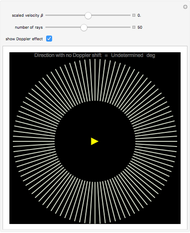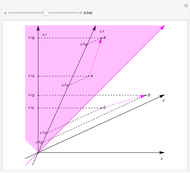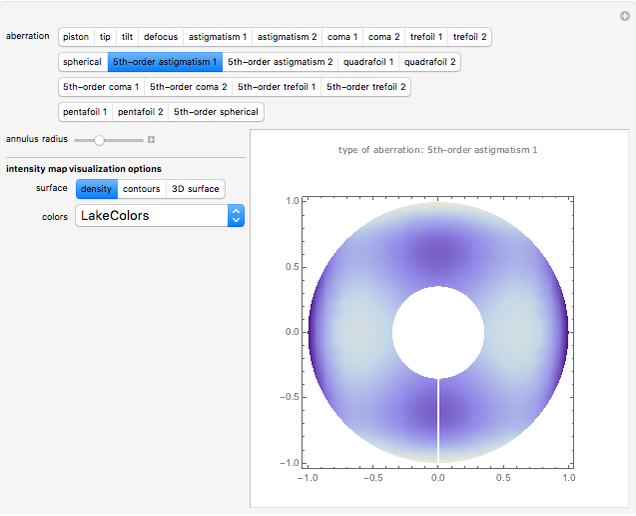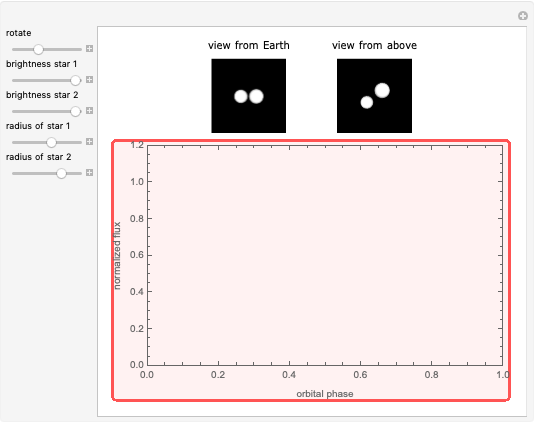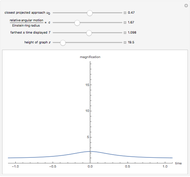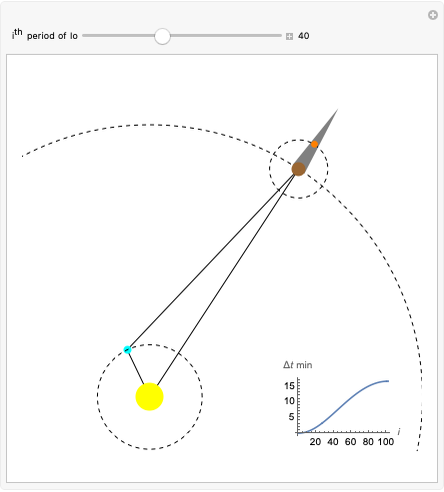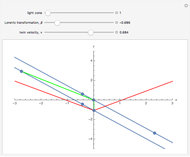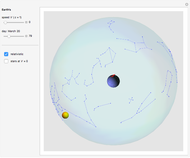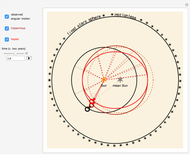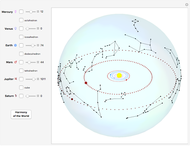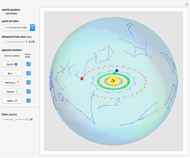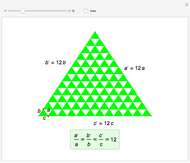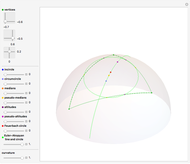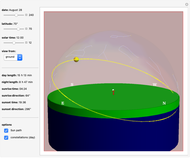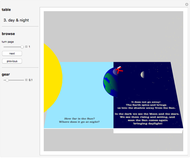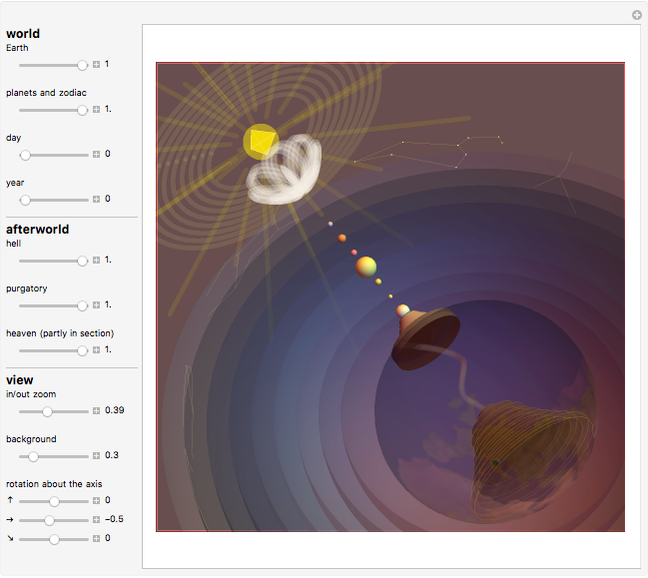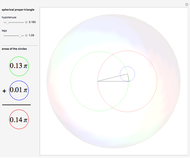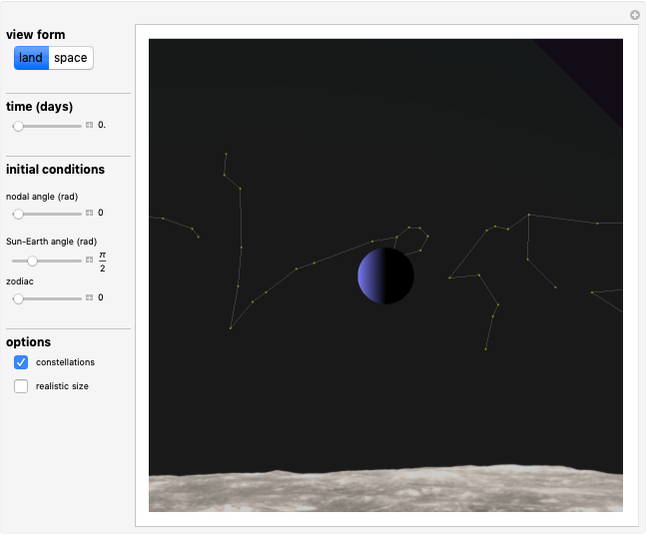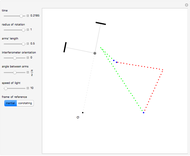Aberration of Light

Requires a Wolfram Notebook System
Interact on desktop, mobile and cloud with the free Wolfram Player or other Wolfram Language products.
The aberration of light (or astronomical or stellar aberration) is a tiny seasonal displacement of the fixed stars of about  . First observed in late 1600s by astronomers searching for stellar parallax, it was clearly demonstrated by James Bradley in 1727, who also provided a classical explanation in terms of the Earth's orbital motion and the finite speed of light. In the early 1900s the phenomenon played an important role in Albert Einstein's development of the theory of special relativity. This Demonstration enhances the seasonal stellar displacements by letting you set the Earth's velocity
. First observed in late 1600s by astronomers searching for stellar parallax, it was clearly demonstrated by James Bradley in 1727, who also provided a classical explanation in terms of the Earth's orbital motion and the finite speed of light. In the early 1900s the phenomenon played an important role in Albert Einstein's development of the theory of special relativity. This Demonstration enhances the seasonal stellar displacements by letting you set the Earth's velocity  to any value less than the speed of light
to any value less than the speed of light  . You can compare the predictions of the classical and relativistic theories with the positions of stars at
. You can compare the predictions of the classical and relativistic theories with the positions of stars at  .
.
Contributed by: Paolo Maraner (September 2016)
Open content licensed under CC BY-NC-SA
Snapshots
Details
References
[1] J. Bradley, "A Letter from the Reverend Mr. James Bradley Savilian Professor of Astronomy at Oxford, and F.R.S. to Dr. Edmond Halley Astronom. Reg. &c. Giving an Account of a New Discovered Motion of the Fix'd Stars," Philosophical Transactions, 35, 1727 pp. 637–661. doi:10.1098/rstl. 1727.0064.
[2] Wikipedia. "Aberration of Light." (Aug 28, 2016) en.wikipedia.org/wiki/Aberration_of_light.
Permanent Citation
"Aberration of Light"
http://demonstrations.wolfram.com/AberrationOfLight/
Wolfram Demonstrations Project
Published: September 13 2016






